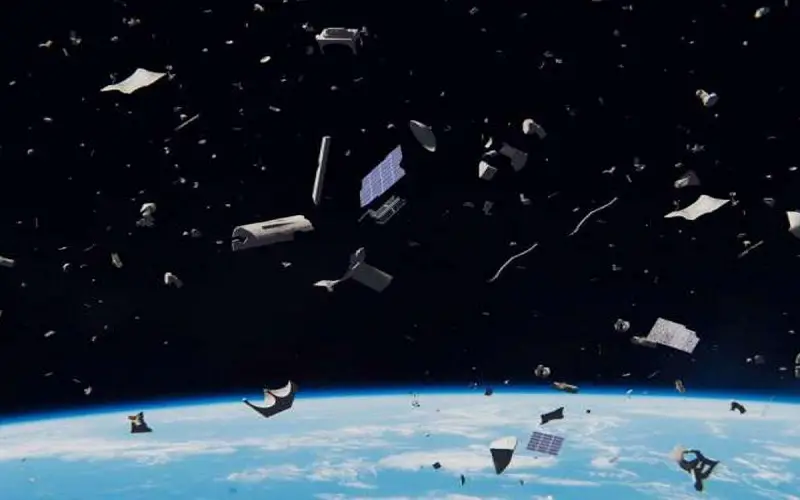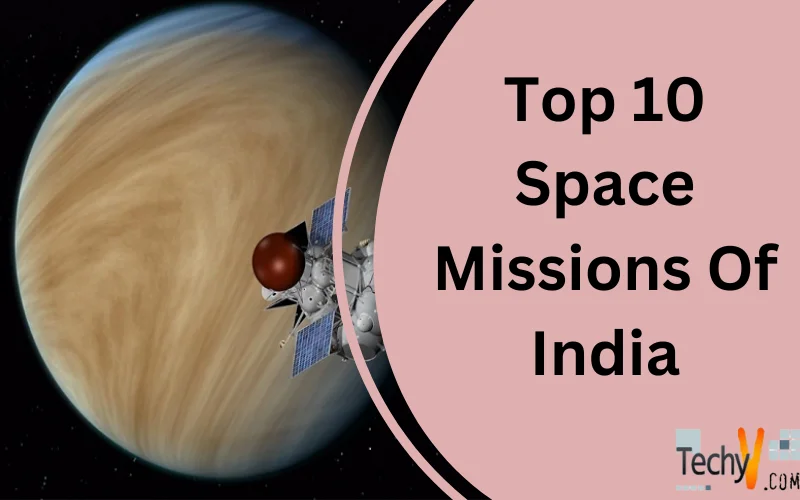Indian Space Research Organization (ISRO), the space agency of INDIA under the Department of Space, has launched several missions in different categories like spacecraft missions, launch missions, student satellites, re-entry missions, foreign satellites, etc. Private players also launch some satellites. ISRO has its headquarters in Bengaluru. Though there are various space missions, some will make big discoveries in human history. Below are a few of them:
1. Aditya L1 Mission
It shall be India’s 1st space-based mission to study the sun, expected to launch on 26 August 2023. The aircraft will be placed on (L1) Lagrange point 1 of the sun-earth system. With seven loads, it will observe the photosphere, chromosphere, and the outermost layer of the sun (corona) and its impact on Earth’s climate. It can help forecasting space weather as events such as solar flares and coronal mass ejections can disrupt communication and navigation systems. Such missions will increase our share in the global space industry.
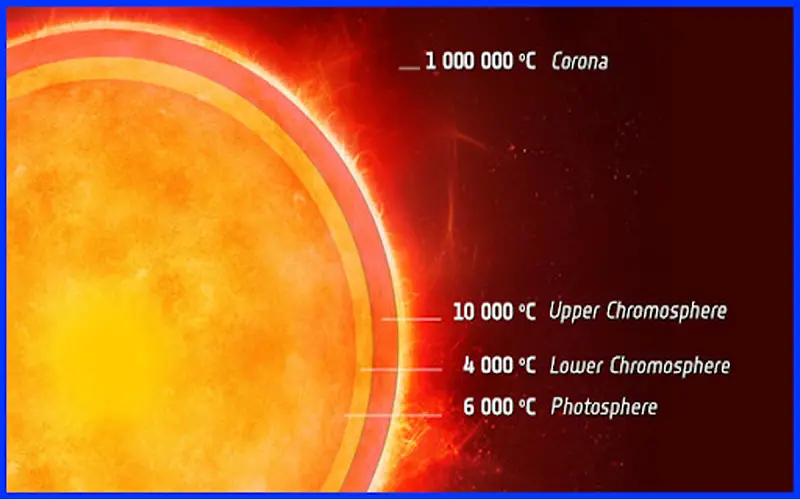
2. Gaganyaan Mission
The Gaganyaan project is a three-day mission expected to demonstrate human spaceflight capability. The orbital module will circle the Earth at 400 km in low Earth orbit consisting of three crew members and will bring them back safely to Earth by landing in Indian sea waters. Vyommitra (space friend) is expected to board the uncrewed Gaganyaan mission. It is listed to launch in 2024.
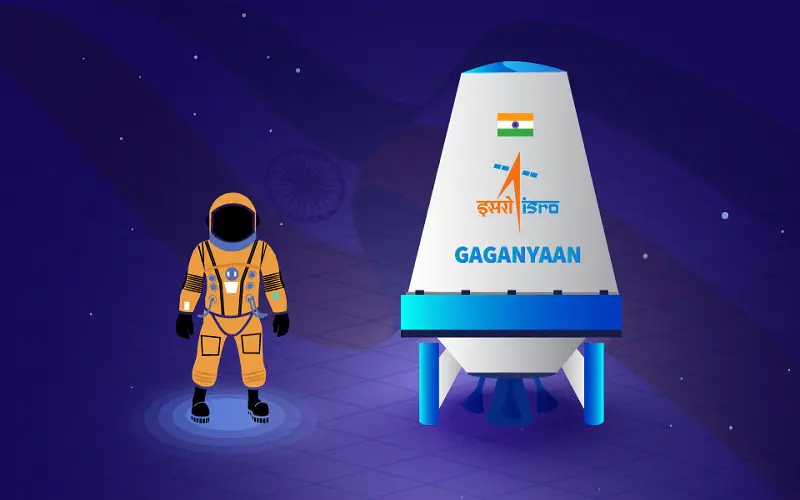
3. Shukrayaan Mission
The ISRO is planning a mission to Venus called Shukrayaan. Its payloads consist of high-resolution synthetic aperture radar and a ground penetrating radar. It will be an orbiter mission. It will study Venus’s geological and volcanic activity, cloud cover, and other planetary characteristics. This mission is expected to observe Venus and help to learn how Earth-like planets evolve. Modeling the Earth climate will be a cautionary tale on how a planet’s climate can change.
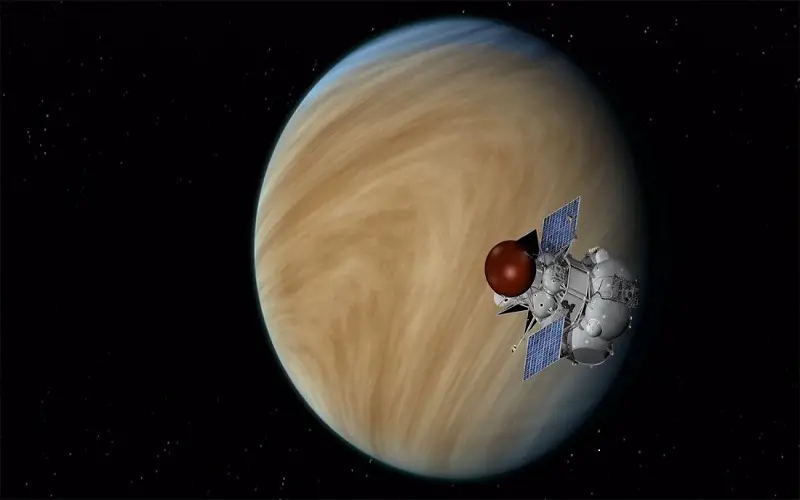
4. Chandrayaan Mission
Chandrayaan,” moon craft,” is a series of lunar space explorations. Its purpose is to map the location and abundance of lunar water. In this series, India recently launched Chandrayaan-3. This mission is India’s 2nd attempt to land on the moon after Chandrayaan-2. Chandrayaan-3 adds a new chapter to India’s adventurous journey to space. It raises high, elevating the dreams and aspirations of every Indian.
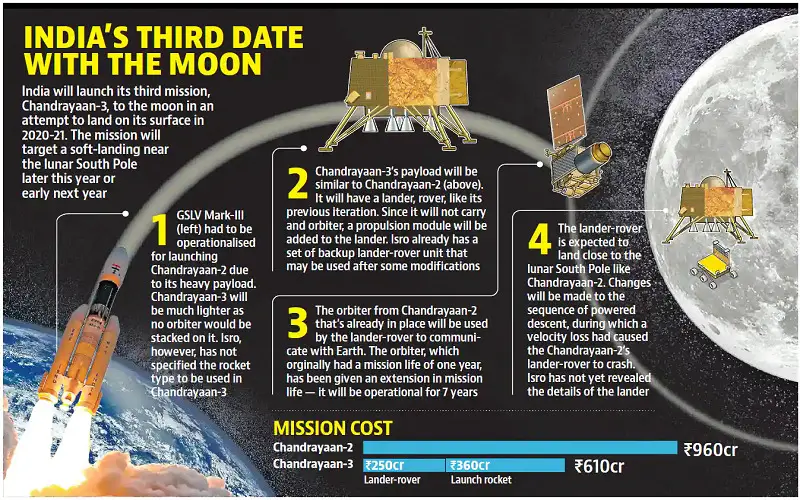
5. Mars Orbiter Mission (MOM)
Also known as Mangalyaan, it aimed at studying the Martian atmosphere. It was India’s first interplanetary mission It was launched on 5 November 2013 and was successfully placed in the Mars orbit in September 2014 in the very 1st attempt. It is the cheapest interplanetary mission in the world. Mars Orbiter Mission lived for about eight years in Martian orbit. Recently, ISRO confirmed that Mangalyaan has lost communication and has attained end-of-life.
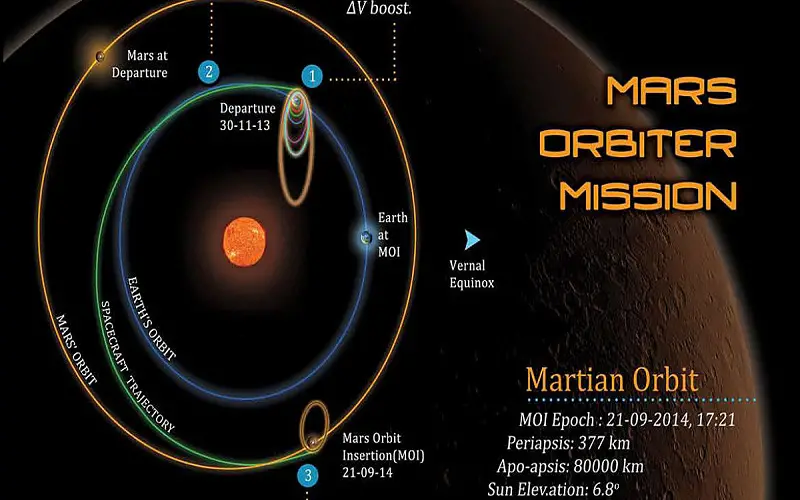
6. XPoSat
XPoSat stands for X-ray Polarimeter Satellite, a space observatory designed to study cosmic X-rays. Astronomical sources, including black holes, neutron stars, pulsar wind nebula, etc., will be explored in extreme conditions under this mission. It will observe polarized X-rays, finding the light source, including the geometry and inner workings of its head. It is the world’s second polarimetry mission using X-ray after IXPE. As of now, this mission is scheduled to be launched in 2023.
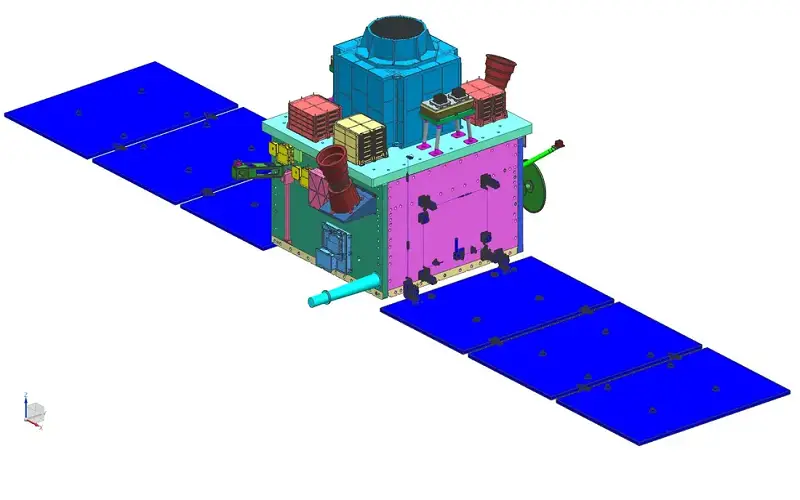
7. NISAR
NASA ISRO SAR is a low Earth observatory mutually initiated by NASA and ISRO. It is 1st radar of its kind in space, which will map the globe in 12 days. Synthetic aperture radar in NISAR is capable of penetrating clouds. It can also collect data during the day and night regardless of weather conditions. This mission will help us in disaster management by providing information about natural disasters, enabling faster response time and better risk assessments. NISAR will also improve agriculture management, infrastructure monitoring, etc. This satellite will operate for a minimum of 3 years.
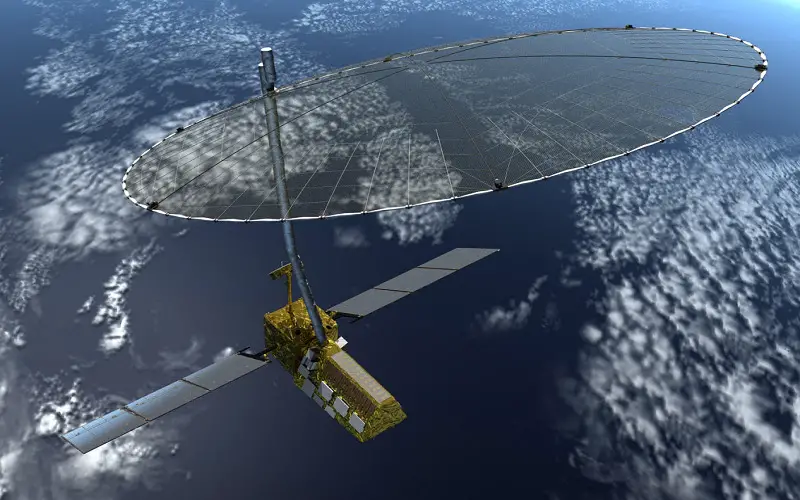
8. SPADEX (Space Docking Experiment)
It’s an Indian technology mission by ISRO to demonstrate autonomous docking. It will allow the transfer of humans from one spacecraft to another. This mission will boost India’s mission to launch its space station by 2030. It will provide in-orbit servicing for existing satellites and offer support in re-fueling while enhancing the capabilities of a satellite. SPADEX would give lastingness to a mission and offer a futurist option to combine missions or experiments.
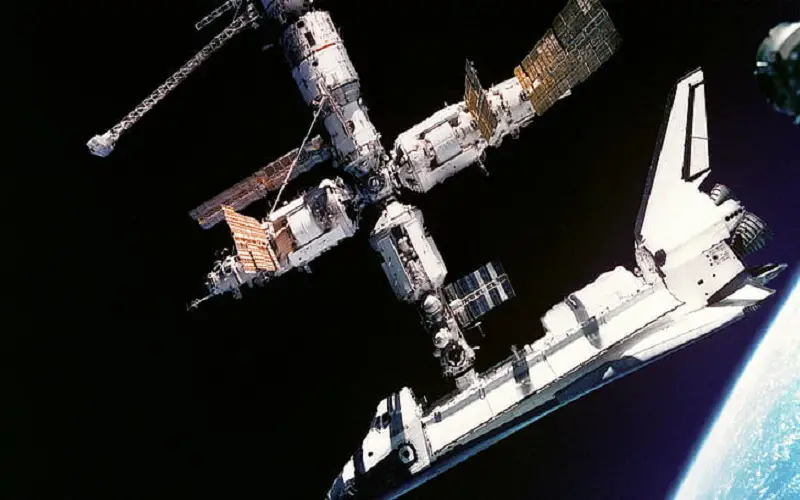
9. AstroSat
AstroSat is India’s 1st dedicated multi-wavelength space observatory, studying celestial sources in optical, X-ray, and UV spectrum bands simultaneously. Estimating magnetic fields of neutron stars, performing a deep field survey of the Universe in the Ultraviolet region, studying star birth regions and high energy processes, detecting new X-ray sources in the sky, etc. are various objectives of this mission.
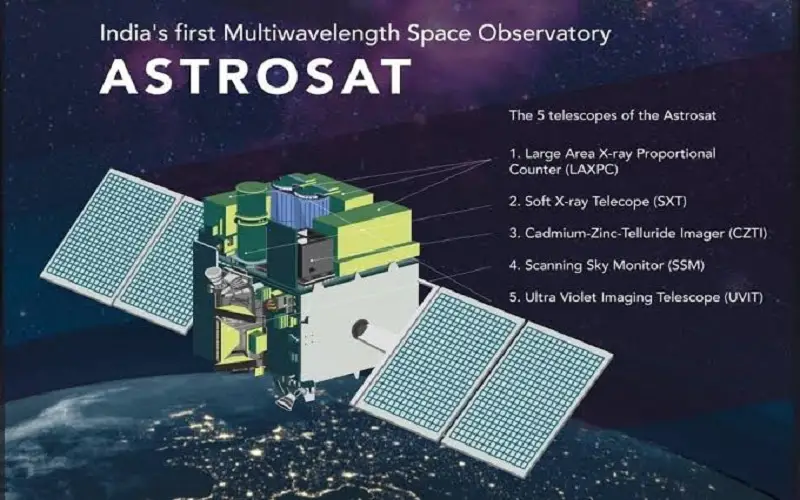
10. Project NETRA
ISRO initiated the Network for Space Object Tracking and Analysis project to monitor space debris. It is a kind of early warning system in space. A wide range of radars and an optical telescope will be inducted as a part of establishing effective surveillance under this project. It will give India its capability in space situational awareness. Acc. to space agency SSA will first be for LEO, which has remote sensing spacecraft. It will also help military intelligence to understand the motive behind suspicious orbit changes of other satellites and to know if they are spying on our spacecraft.
